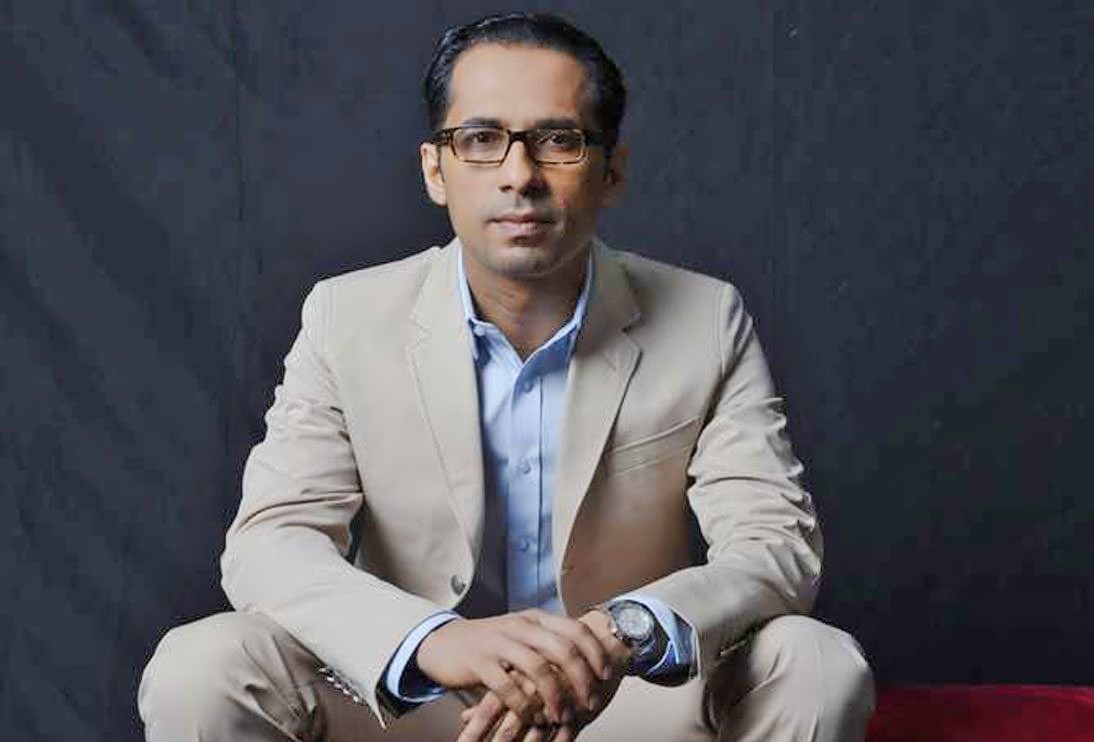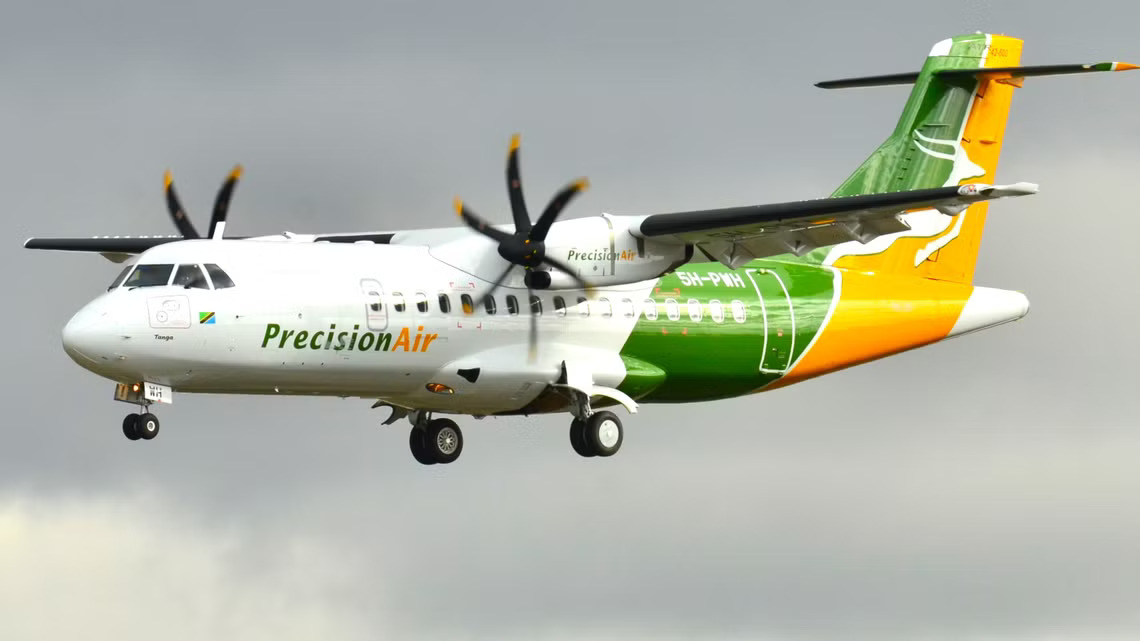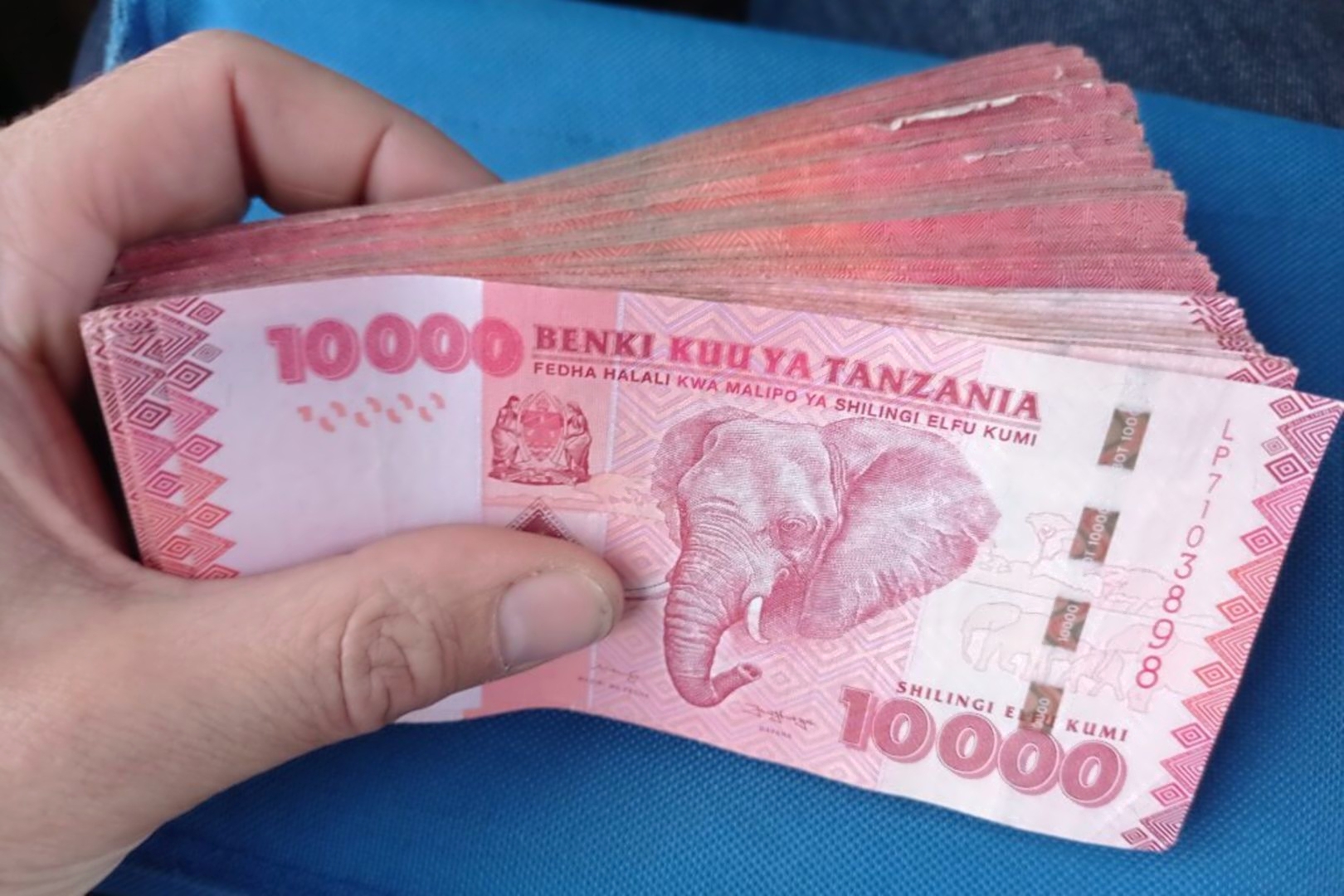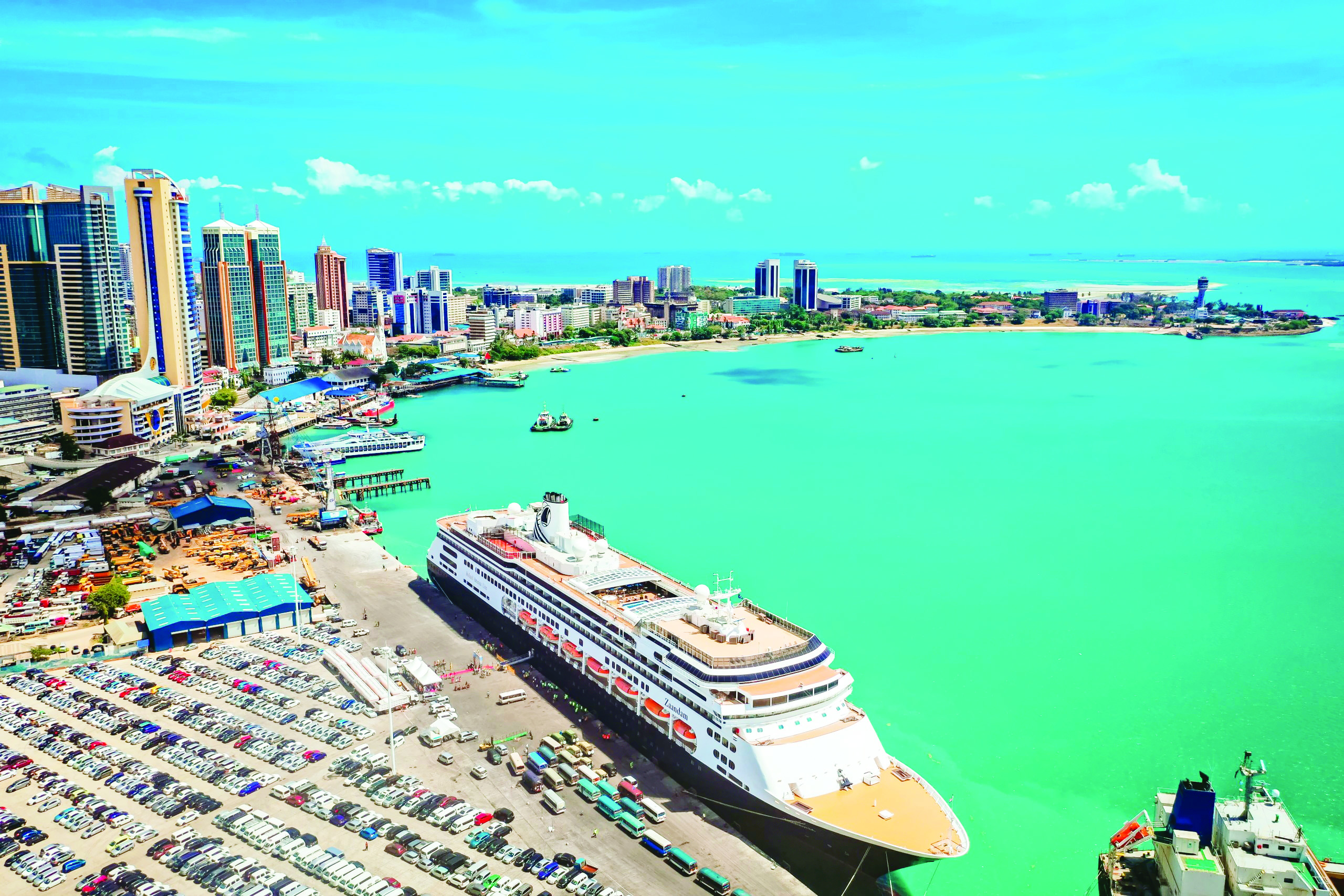SPECIAL REPORT: The life and times of Edward Sokoine: man of firm action

President Julius Nyerere listens to his Prime Minister Edward Sokoine. Today Tanzania commemorates the death of Sokoine 31 years after. He died in a motor accident in Morogoro Region as he was travelling to Dar es Salaam after addressing the National Assembly. PHOTO | FILE
What you need to know:
- Sokoine’s major contribution then was his announcement that, from then on imported tractors, trucks, pick-up and double cabins would attract less tax than other luxury vehicles. Unlike luxury vehicles, he said, they were tools for building the economy
- A day before his death, Sokoine addressed the National Assembly in Dodoma and raised numerous sticking issues that he wanted government officials and ministers to solve as soon as possible
It is 31 years today since Prime Minister Edward Moringe Sokoine died in a motor accident near Dakawa on the Dodoma-Morogoro Highway on 12 April, 1984 as he travelled from Dodoma to Dar es Salaam.
A day before his death, Sokoine addressed the National Assembly in Dodoma and raised numerous sticking issues that he wanted government officials and ministers to solve as soon as possible. He also wanted certain issues clarified.
The prime minister’s sense of urgency came through very clearly in his address, which was repeatedly punctuated with the words tutakutana Dar es Salaam (We will meet in Dar es Salaam).
Sokoine, who was the head of government business, did not live to get the information he so wanted from the ministers and senior government officials.
I covered Sokoine twice in his second coming as prime minister—first, when I accompanied him on his marathon tour of Dodoma, Singida and Kagera regions, and the second time at his funeral in Monduli Juu in Arusha Region. I will try to recollect my memories of what I knew about this government and Maasai leader three decades ago in the light of the race for the 2015 Union Presidency vis-a-vis the qualities required of those who seek the highest office in the land.
A few weeks after Sokoine’s second appointment as prime minister in February 1983, The Daily News sent me to Dodoma to cover a three-week parliamentary session. Sokoine’s major contribution then was his announcement that, from then on imported tractors, trucks, pick-up and double cabins would attract less tax than other luxury vehicles.
Unlike luxury vehicles, he said, they were tools for building the economy.
After the end of the parliamentary session, my office directed me to accompany the premier on his tour of Dodoma, Singida and Kagera regions.
While in Singida, one of our hosts officials approached the prime minister’s press secretary, Accadoga Chilledi (he has since passed on) and told him, “tumekwisha mtayarishia blanketi lake” which roughly translates into “we have already prepared a blanket for him”.
Chilledi, who had been my boss at Shihata headquarters in Dar es Salaam before I crossed over to the Daily News, was a practical man who called a spade a spade. He told the official that if he loved his job, he should immediately take away his “blanket”’ since the boss did not entertain such things.
After our Singida tour, we were flown to Bukoba for a three-day working tour in Kagera Region.
After a two-day tour, we drove to Kaboya to inspect what could rightly be described as the country’s Heroes Acre, where over 600 Tanzanian soldiers who died in the Tanzania-Uganda War are buried.
Sokoine was received by a TPDF Colonel, who took him around the cemetery after he tied a black band on Sokoine’s left upper arm. Sokoine moved from one grave to another, tight-lipped.
It took the delegation, so silent you could hear a pin drop, more than 40 minutes to inspect each and every grave. Over 70 per cent of the graves were in a state of disrepair. Before he left, Sokoine asked the senior army officer how much cement was required to rebuild the graves.
We arrived at the regional commissioner’s residence, where we usually ate at 10pm. The journey from Kaboya to Bukoba was extremely hard, given that it had been raining cats and dogs. In those days, the major means of transport was Land Rovers and not the fuel guzzling eight cylinder Land Cruisers.
The state of roads left a lot to be desired. Outside the RC’s residence, Chilledi pulled me aside and said: “I have never seen the prime minister in such a foul mood!”
Chilledi said the premier’s bodyguard had told him that Sokoine said nothing after he boarded the vehicle. It was not surprising then that when the Kagera Regional Commissioner, Colonel (rtd) Nsa Kaisi invited the Prime Minister to supper, Sokoine said: “Get me the minister for trade and industries.”
Cleopa Msuya was on the line shortly. Sokoine directed Msuya, within earshot, to ensure a cargo of cement from Wazo Hill enough to fill two transport planes was made available before 10am the following day at Dar es Salaam airport.
And, as soon as he was through with Msuya, he asked the RC to get him the Chief of Defence Forces, General David Msuguri.
Sokoine, who was very popular with the army on account of having served as defence minister, directed General Msuguri to ensure that two transport planes for carrying cement to Bukoba were made available at the air wing before 10am.
The following day, which marked the end of our three-week tour, we were supposed to fly at 4pm on a TPDF plane from Bukoba to Dar es Salaam.
The last TPDF transport plane to bring cement cargo to Bukoba was cleaned and flew the premier’s delegation to Dar es Salaam.
A year later, the man who had worked quietly like electricity, in the words of former Zambian President Frederick Chiluba, was no more!
News on the death of the prime minister was relayed to me by phone by Shihata’s news editor
Henry Muhanika and I ended up the first person to get the news at the Daily News on account of news editor Wence Mushi’s absence in those days of landlines.
Just then, Adam Lusekelo (he has since passed on) came to the news editor’s cubicle and asked me what was going on. “Bad news,” I told him. “Sokoine is dead.”
“What killed him?” he asked. “Muhanika says he was killed in a motor accident,” I told him. Lusekelo’s comment was: “Tanzania is poorer.”
Sokoine’s death changed everything in the newsroom and the country’s media in general.
During the editorial conference which was chaired as usual by the Managing Editor, Ulli Mwambulukutu, we were made to understand that the body of the prime minister had already been flown to Dar es Salaam from Morogoro and it was now on its way to State House.
Just then, the Tanzania National Anthem came on, on our radio in the newsroom. No sooner was the anthem over than President Nyerere was live on air, addressing the nation.
Said Mwalimu: “Kijana wetu, kiongozi wetu, Edward Moringe Sokoine, ambaye alikuwa akisafiri kwa gari kutoka Dodoma amepata ajali na amefariki dunia. “Our son, our leader who was being driven from Dodoma to Dar es Salaam, has died in a motor accident.
Mwalimu broke down and that was the last the nation had heard from him on that day. I left for State House as directed by my bosses to gather what was going on at the other end.
At 5pm, Sokoine’s body arrived at State House covered with the national flag. It was positioned at the State House lobby whose entrance faces the city.
Mwalimu was guided to the lobby where the body of his prime minister was and a security official pulled away the cloth covering Sokoine’s face. Mwalimu, who was now behind Sokoine’s head, moved forward and touched his cheeks with both hands before proceeding to cover his face. He broke down and was quickly taken away by his bodyguards.
But drama broke out when his young brother, Joseph Nyerere, came in and went straight to the place Sokoine’s body lay. The sight of Sokoine’s huge body appeared to have shaken him to the core.
He broke down and wailed: ‘Mwalimu huna ulinzi. Waziri mkuu anakufa barabarani? (Mwalimu, have you no security? Your prime minister dies in a road accident?”
The younger Nyerere was not only quickly led away by bodyguards but they also made sure that he was in his car and driven away. They were not going to take any chances with a man who was given to speaking his mind freely.
Sokoine’s body was later taken to Lugalo Military Hospital and, on the following day—which was Friday—he lay in state at Karimjee Hall in Dar es Salaam for public viewing.
The grounds at the Karimjee Hall turned into a mourning centre, with men and women weeping openly. The parents viewed the prime minister’s body during the day and brought along their children in the evening.
So many people turned up at Karimjee Hall that the body had to remain at the Hall until the wee hours on Saturday, when the body was expected to be flown to his home in Monduli Juu in Arusha Region, ready for the funeral on Sunday.
The record number of mourners would only be broken 15 years later after Mwalimu Nyerere died of blood cancer at St Thomas Hospital in London. For Mwalimu’s body, Karimjee Hall was not adequate to accommodate the people. His body was moved to Uhuru Stadium in Temeke District.
When the day finally came for Sokoine’s last journey home, Dala Dala operators ferried Dar residents to the airport and back to the city’s environs free of charge. The Dala Dala operators were paying homage to the man who had given them the business in the first place.
After UDA failed to meet the challenge of raising the number of commuters in the city in the second half of 1983, Sokoine summoned the firm’s management to his office to explain why they were unable to cope.
When he realised that there was no way UDA could handle the matter, he asked private transport operators to join hands with the firm. But they would have to pay UDA a small fee for using its licence. And that marked the beginning of what has become known as Dala Dala, which would later be modernised—without a single cent from the government—by a man successive governments chose to ignore, Mr David Mwaibula.
The word Dala Dala comes from the word Dollar. At that point in time, the exchange rate of the one US dollar to the Tanzanian shilling was five—and that was the fare for a trip.
Sokoine solved a number of problems because he was pragmatic and focused, unlike the post-1985 generation of leaders. Sokoine succeeded where others failed because he made full use of the best brains in his decision-making process.
During his marathon tour of Dodoma, Singida and Kagera regions, the men he picked to accompany him as duty officers were Mr Materns Lumbanga and Mr Philemon Luhanjo, who were then in their early 40s.
Sokoine literally demanded to be given the right crop of experts and woe onto government officials who gave him experts with abilities below par!
It was not surprising then that both Lumbanga and Luhanjo would later rise to become chief secretaries for Presidents Benjamin Mkapa and Jakaya Kikwete respectively.
The two men would not have been appointed chief secretaries had they been found wanting in their qualifications, integrity and ability to discharge their duty professionally.
Sokoine’s own permanent secretary, Horace Kolimba, would later rise to become the secretary general of the ruling party. Kolimba was a man of integrity who later failed to fit in with the “scheme of things” of the ruling party. The foregoing three men could rightly be described as Sokoine disciples.
The funeral stage was set in motion by TPDF Brigadier General John Warden, who was entrusted with the task of building Sokoine’s grave—which would become the first of its kind in the country.
The grave is not filled with soil but by two water and air tight concrete covers, one down and the other at the top of the grave.
General Warden, who passed on four years ago and was laid to rest in Mbeya, would two years later—in 1986—be entrusted with the responsibility of building the grave of Mozambique’s founding father, Samora Machel, who died in a plane crash on his way back home from Zambia, where he had attended a Frontline States meeting.
Machel’s Russian built and piloted presidential jet was misdirected, deliberately, by the intelligence and security services of the then South African racist regime and ended up crashing on the side of a mountain a few minutes before landing in Maputo.
As we (myself and my colleague from Uhuru, Stephen Mganga) spoke with General Warden at Monduli Juu as TPDF soldiers were digging the grave, Mganga asked the General whether he would use his nickname, Black Mamba, that had been earned during the Tanzania-Uganda War.
The General responded: “Please don’t…people in the government will misunderstand me. I will be laying to rest tomorrow the only person who would have saved me once in trouble.”
And that was the kind of affinity TPDF officers had with the fallen prime minister. Most of them admitted that they had never had a defence minister as good as Sokoine. They described him as an honest man who had a photographic memory.
Sokoine remembered the names of senior army officers he had met years back. A tank commander was surprised when Sokoine asked him years later whether the communication problem between tanks they had during training in Shinyinga had been solved.
Those vying for the 2015 Union Presidency need to know this: Sokoine’s leadership style is well and truly a hard act to follow.
Attilio Tagalile is a veteran journalist, media consultant and book author based in Dar es Salaam.



